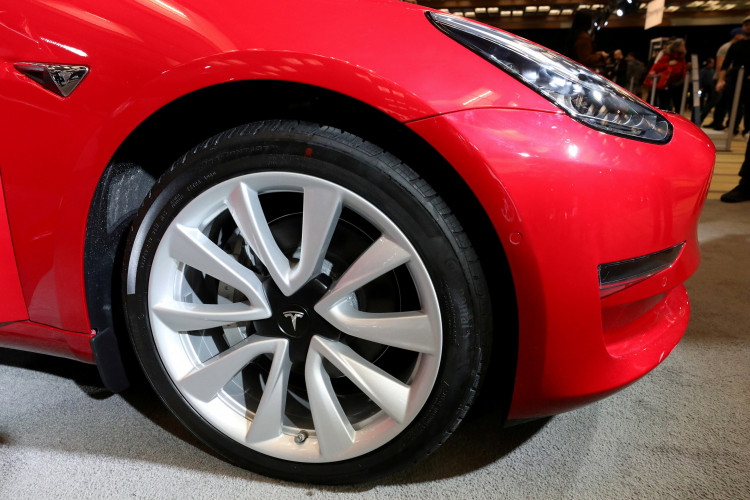Drivers in the United States who are using Tesla electric vehicles will be safer with the Autopilot feature activated. The system is consistently proving that accidents are less likely when it is enabled along with other safety features, and according to the automaker, the improvements gained are backed by data from the government.
Tesla's safety report in the last quarter of 2020 showed the registry of an accident every 3.45 million miles with the Autopilot on. When not in use, the data sourced from the NHTSA showed that an accident could occur every 1.27 million miles.
For all the quarters covered in 2020, Tesla showcased how the Autopilot functionality and helped by other vehicle safety features, consistently provided protection for drivers and passengers using the automaker's line of EVs.
When compared with the NHTSA average recorded in the same year, Tesla claimed that accidents with the Autopilot running are seven times less likely to happen. Per the report from Teslarati, Autopilot is increasingly rising as the safer way of driving and the gain can be attributed to the constant feeding of fresh user driving data to Tesla's Neural Network.
In turn, the information processed by the Tesla server allows the automaker to make fine-tune the Autopilot system and the Full Self-Driving suite, and these feature upgrades are constantly deployed.
The occurrence of accidents, however, cannot be eliminated totally but on its report, Tesla takes pride in the fact that its existing EV lines - the Model 3, Model S, Model Y, and Model X - have been given high ratings, mostly in five-star level, by the U.S. government when it comes to safety features.
For example, the risk of vehicle rollover is noticeably low with all the Tesla EV models and it's the same case for the possibility of injury during an accident. The bottom line is Tesla vehicles are engineered for safe transport rides and that design got even better with the inclusion of Autopilot.
Also, the Tesla report drew attention to the low incidence of a fire involving the company's EV models, which in 2020 was set at one incident every 205 million miles. The national average for all vehicles in the same year was registered at one occurrence every 19 million miles, suggesting that electric cars saw a marked improvement in safety features in the past few years.
In the end, these stats will remain insufficient for Tesla to finally press the button that will trigger the wide release of Autopilot and FSD. As Electrek noted in a related report, it would take better numbers and the hard facts for Tesla to finally win the trust of the government that Autopilot is near the perfect stage and ready for public use.
And this is in accordance with Tesla's own declaration that "the best crash is no crash."






